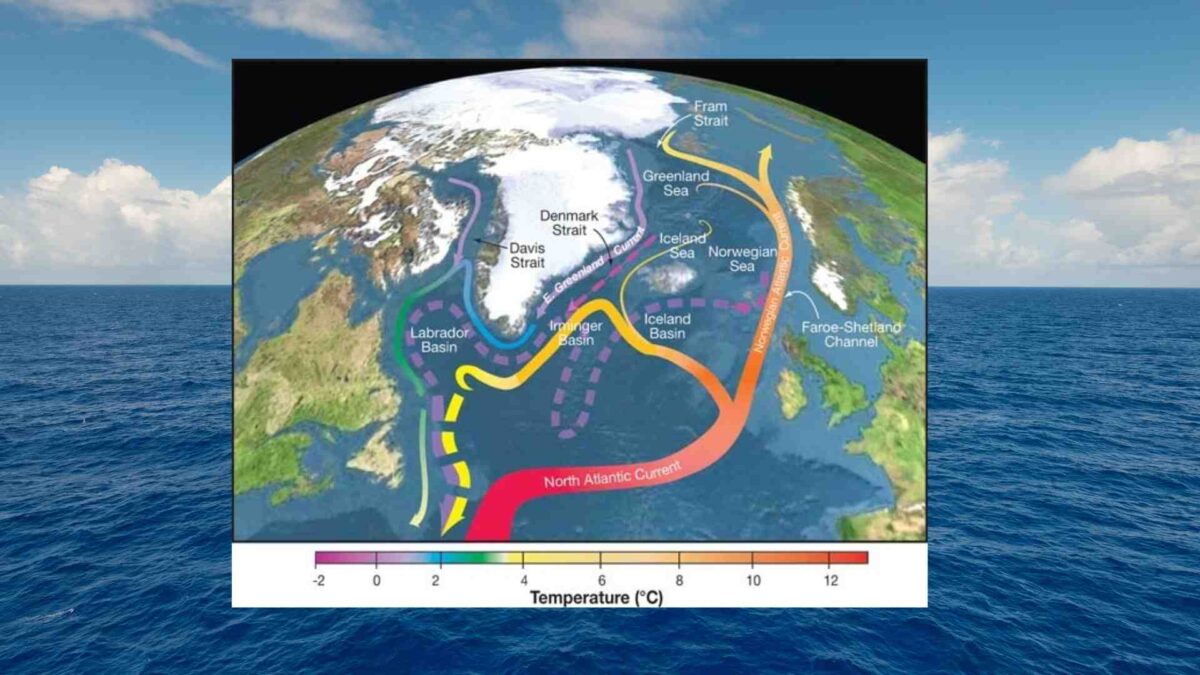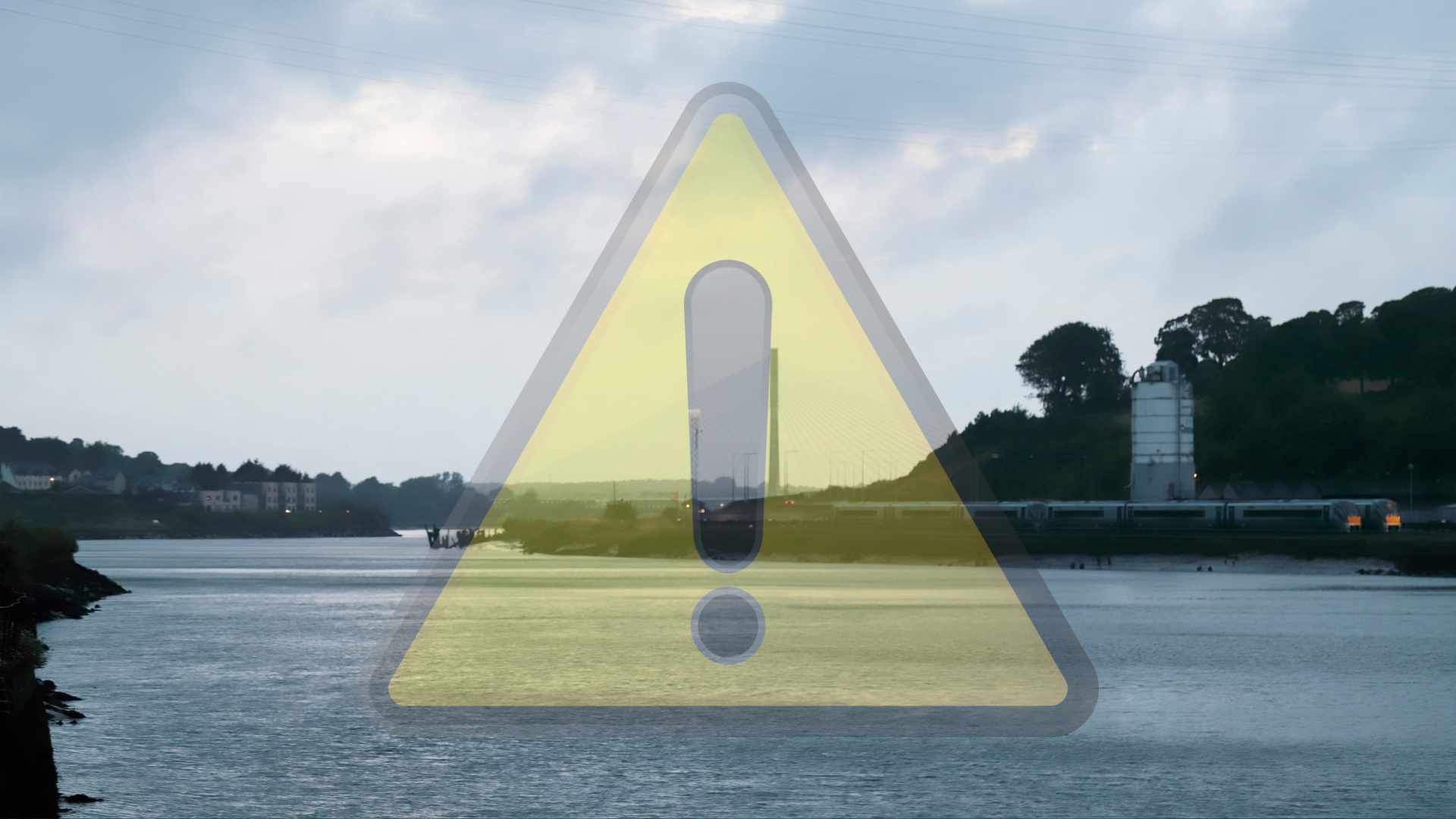
Study Finds Atlantic Currents Losing Stability Over Last Century

A study of centuries-old clam shells has found signs that key Atlantic Ocean currents may be approaching a tipping point, with potentially major implications for the global climate.
Researchers from the University of Exeter analysed growth layers in quahog clams, which can live for more than 500 years, and dog cockles.
The annual bands in their shells provide an unbroken record of past ocean conditions, allowing scientists to track long-term changes in circulation systems such as the Atlantic Meridional Overturning Circulation (AMOC) and the subpolar gyre (SPG).
The team found evidence of stability loss in the North Atlantic, meaning the system is taking longer to recover from natural fluctuations, a sign it may be moving towards a critical threshold.
Anticipating a tipping point requires long, continuous data, which clam shells can provide, said Dr Beatriz Arellano Nava, lead author of the study.
Two destabilisation episodes were identified over the last 150 years. The first, likely linked to the SPG, occurred in the early 20th century and may have contributed to Arctic and North Atlantic warming in the 1920s. The second began around 1950 and continues today.

Although the researchers cannot yet say which part of the system is losing stability, the results suggest a tipping point could be approaching, said Dr Arellano Nava.
Melting polar ice and rising greenhouse gas emissions are likely contributing to the weakening of Atlantic circulation.
The study, funded by the EU’s Horizon 2020 programme and the ARIA AdvanTip project, is published in Science Advances under the title Recent and early twentieth century destabilization of the subpolar North Atlantic recorded in bivalves.
Share this WeathÉire story:







